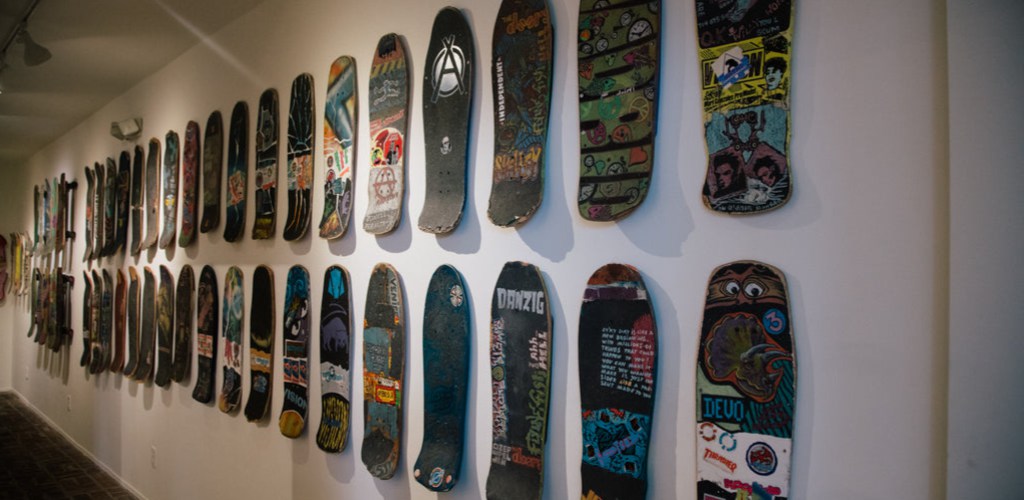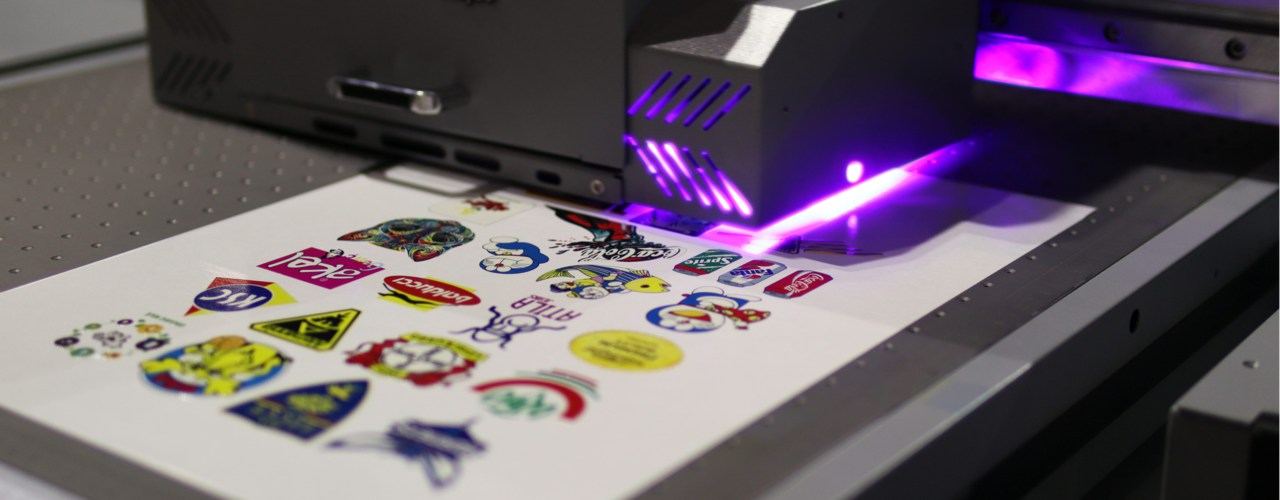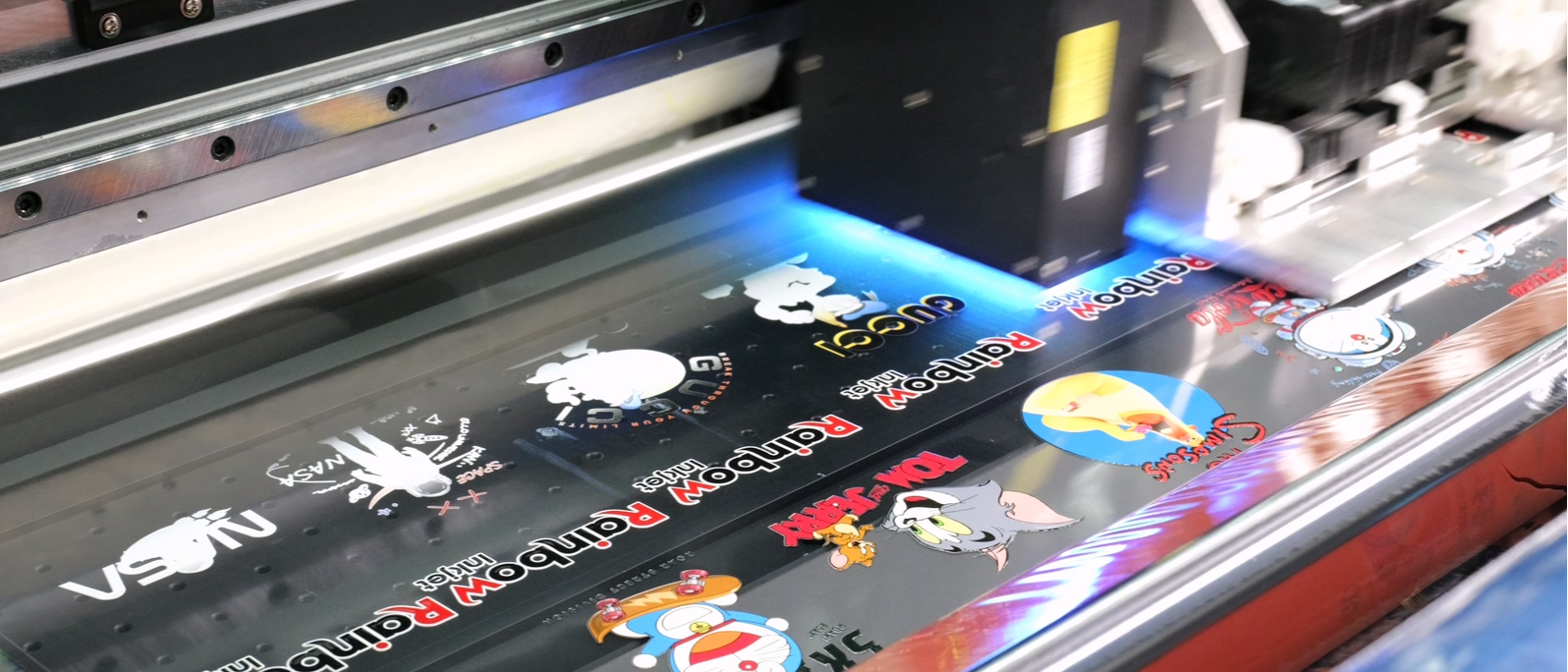Crystal labels(UV DTF printing) have gained significant popularity as a customization option, providing unique and personalized designs for various products. In this article, we will introduce three manufacturing techniques used in creating crystal labels and discuss their advantages, disadvantages, and associated costs. These techniques include silk screen printing with glue, glue application through a UV flatbed printer, and the use of AB film(UV DTF film) with a UV flatbed printer. Let's delve into each method in detail.
Production Process
Silk Screen Printing with Glue:
Silk screen printing with glue is one of the traditional techniques employed in creating crystal labels. The process involves the production of a film, the creation of a mesh screen, and the printing of desired patterns onto the release film using glue. UV printing is then applied over the glue to achieve a glossy finish. Once printing is complete, a protective film is applied. However, this technique has a longer production cycle and is less suitable for flexible crystal label manufacturing. Despite this, it offers excellent adhesive properties. This is quite useful for printing skateboard as it requires strong adhesion.

Glue application through a UV flatbed printer:
The second technique involves the use of a printing nozzle to apply glue onto the crystal labels. This method requires the configuration of the printing nozzle in a UV printer. The glue, along with UV printing, is directly applied in a single step. Following this, a laminating machine is used for applying a protective film. This approach allows for quick and flexible customization of various designs. However, the adhesive strength of labels created through this method is slightly inferior to silk screen printing. Rainbow RB-6090 Pro is able to complete this process in which a sperate print head jet glue.

AB Film(UV DTF film) with a UV flatbed printer:
The third technique combines the advantages of the aforementioned methods. AB film eliminates the need for film production or additional equipment configuration. Instead, pre-glued AB film are purchased, which can be printed with UV ink using a UV printer. The printed film is then laminated, resulting in a finished crystal label. This cold transfer film method significantly reduces production costs and time associated with creating crystal labels. However, it may leave residual glue on areas without printed patterns, depending on the quality of the cold transfer film. At the moment, all Rainbow Inkjet varnish-capable UV flatbed printer models can complete this process.

Cost Analysis:
When considering the manufacturing costs for crystal labels, it is essential to evaluate each technique individually.
Silk Screen Printing with Glue:
This technique involves film production, mesh screen creation, and other labor-intensive steps. The cost of an A3-sized mesh screen is approximately $15. Additionally, the process requires half a day to complete and incurs expenses for different mesh screens for varying designs, making it relatively expensive.
Glue application through a UV flatbed printer:
This method necessitates the configuration of a UV printer's print head, which costs around $1500 to $3000. However, it eliminates the need for film production, resulting in lower material costs.
AB Film(UV DTF film) with a UV flatbed printer:
The most cost-effective technique, cold transfer film, only requires purchasing A3-sized pre-glued films, which are available in the market for $0.8 to $3 each. The absence of film production and the need for print head configuration contribute to its affordability.
Application and Advantages of Crystal Labels:
Crystal labels(UV DTF) find widespread application due to their ability to facilitate quick and personalized customization for various products. They are especially useful for irregularly shaped items such as safety helmets, wine bottles, thermos flasks, tea packaging, and more. Applying crystal labels is as simple as sticking them onto the desired surface and peeling off the protective film, providing convenience and ease of use. These labels boast scratch resistance, durability against high temperatures, and water resistance.
If you are looking for a versertile printing machine that comes in a relatively low cost, welcome to check out UV flatbed printers, UV DTF printers, DTF printers and DTG printers.
Post time: Jun-01-2023
